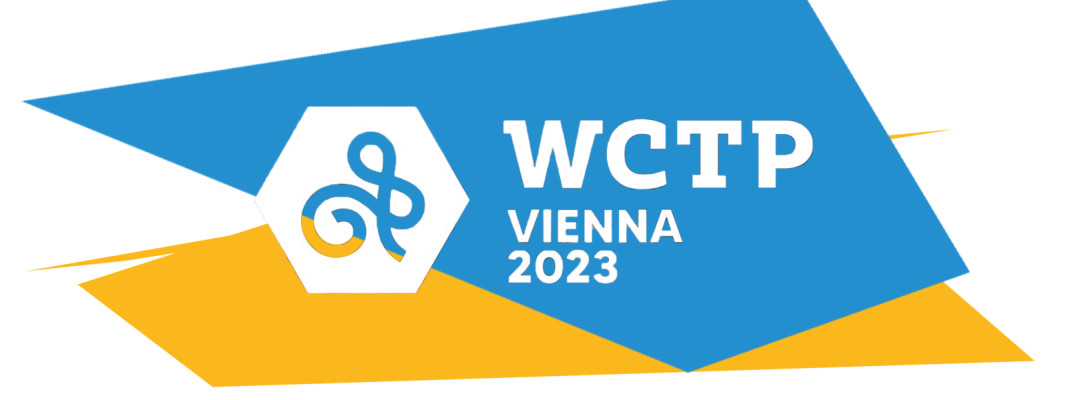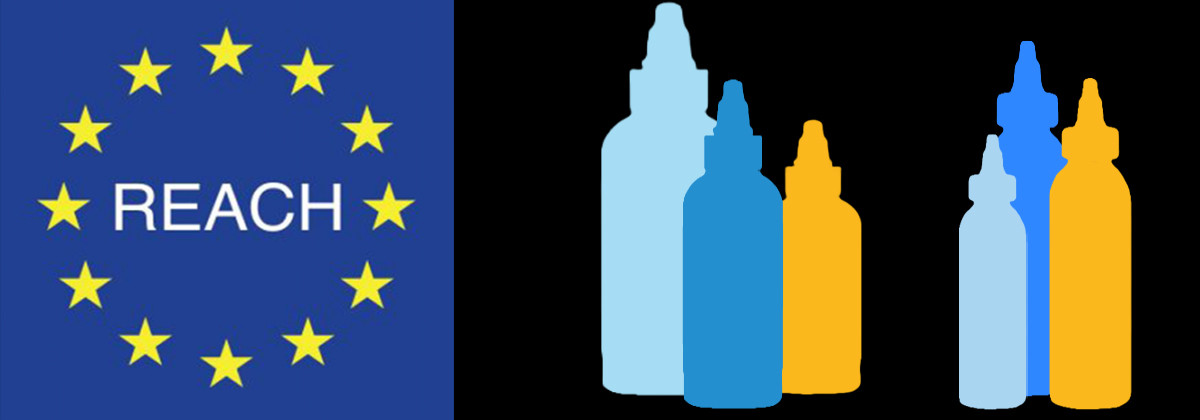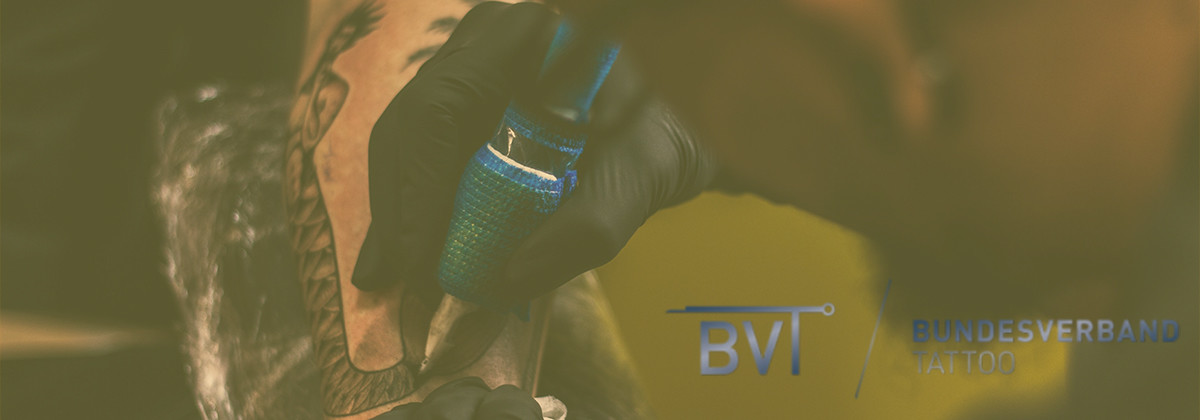WCTP Congress 2023 - Contents and outlook

The WCTP (World Congress on Tattoo and Pigment Research) takes place every two years. This year it took place from 24 to 26 May in Vienna. We from Body Cult were also invited to this important event.
About 200 participants from different countries in Europe and the world took part. The congress attracts not only professionals from the tattoo industry, but also scientists, doctors, authorities and PMU artists. Here we inform you briefly and concisely about all the important info and outlooks for the tattoo industry.
Workshop for artists
REACH and market surveillance
This was stated in the so-called REACH regulation. Due to the ban on Pigment Green 7 and Blue 15:3, colourful tattoos were a thing of the past from then on. However, not only green and blue colours were affected. At that time, the pigments concerned were contained in about 2/3 of all colours on the German market.
Already at the WCTP Congress in 2021, i.e. in the run-up to REACH, the concentration of aldehydes was mentioned as the biggest problem. This concerns the raw materials in question as well as the sterilisation required by some national EU laws. A solution to this problem could be a fundamental change in the limits of aldehydes and other problematic substances. Due to national laws in different countries, free distribution in the EU is hampered. Labelling and other requirements may also vary between member states.

No wonder that this ban was also a big issue. Some of the current "alternatives", namely Blue61, carry the risk of contamination with the carcinogen aniline (blood-altering toxin) and therefore pose an increased risk to health compared to Blue15.
You are probably wondering now why the comparatively more harmless Blue15 is banned while Blue61 is still allowed.
The pigment Blue15 was already banned in hair dye products in the 1970s. Since the tattoo industry did not have an adequate dossier for the toxicological assessment of the pigments, the ban from the 1970s formed the basis for the ban in the tattoo industry.
Besides all the negative news, there is also good news regarding the safety of tattoos and PMUs. Contamination of ink with high amounts of carcinogenic substances such as polyaromatic amines (PAA) and polycyclic aromatic hydrocarbons (PCA) were found less frequently in market surveillance.
Federations
The associations are also increasingly publishing legal frameworks for tattooist training or hygiene regulations. Here, the tattoo industry is making an important development towards tattooing safety.

Clinics & Research
Research in tattooing and its complications is flourishing.
Old and new complications of tattoo colours, histopathology and allergy diagnostics, which bridges the gap between diagnosis and research, were presented.

What else was new and what is our conclusion of the congress?
This year, for the first time, there was a live experiment at the WCTP Congress. During this, poster pitches were given on different topics.
The last time we were at the show was in 2021, when the REACH regulation was in its early stages and the "SAVE THE PIGMENTS" petition was just starting. Accordingly, it was an important event for us to catch up on the latest developments in tattoo colours.
The WCTP Congress is definitely an important event for the tattoo industry to get informed.

 German
German Dutch
Dutch